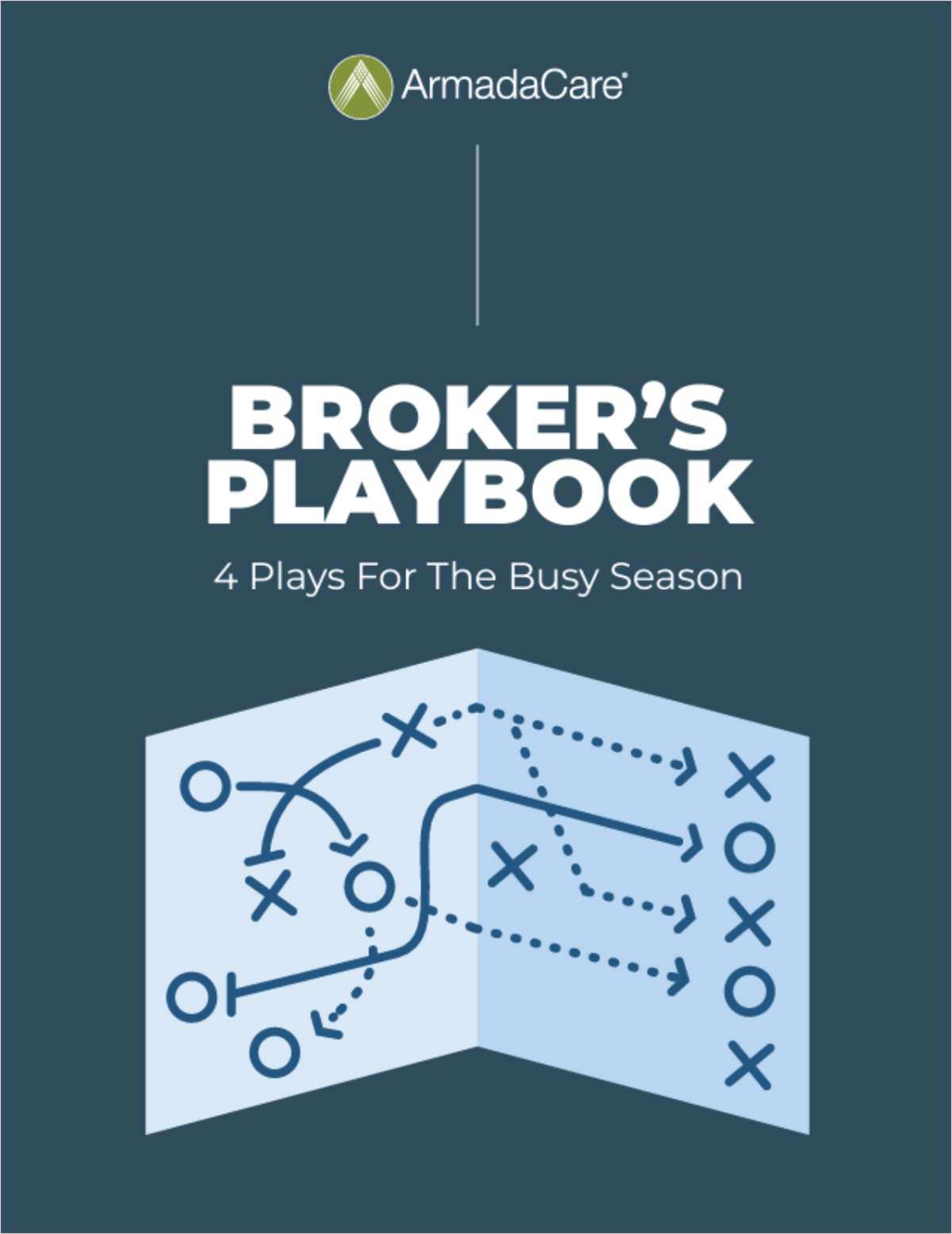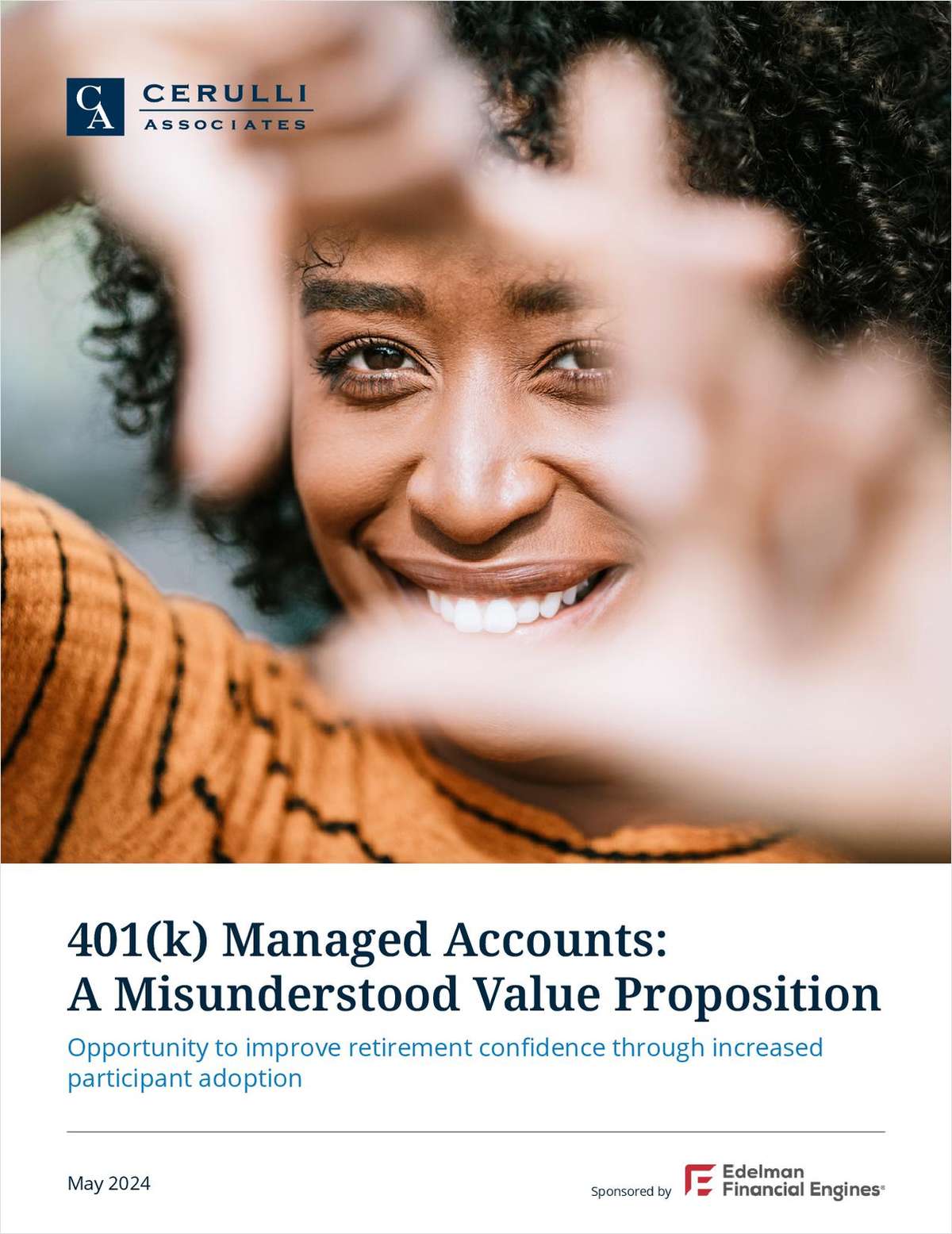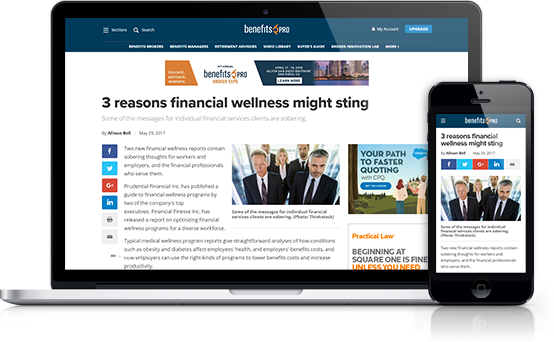There's a disconnect between baby boomers and financial advisors, and it shows.
According to "The Middle-Income Boomer Retirement Gap: Savings, Education and Advice" study from the Bankers Life Center for a Secure Retirement, boomers aren't averse to hiring professionals to walk their dogs (46 percent of dog owners), fix their cars (66 percent) or trim their hair (73 percent).
But only about four in 10 use a financial professional. And when it comes to middle-income boomers, the disconnect appears to be mutual, with advisors more concerned with pursuing wealthier clients.
Continue Reading for Free
Register and gain access to:
- Breaking benefits news and analysis, on-site and via our newsletters and custom alerts
- Educational webcasts, white papers, and ebooks from industry thought leaders
- Critical converage of the property casualty insurance and financial advisory markets on our other ALM sites, PropertyCasualty360 and ThinkAdvisor
Already have an account? Sign In Now
© 2024 ALM Global, LLC, All Rights Reserved. Request academic re-use from www.copyright.com. All other uses, submit a request to [email protected]. For more information visit Asset & Logo Licensing.








